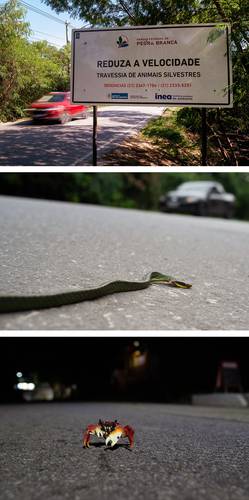In the sprawling nation of Brazil, wildlife collisions with cars are a tragic reality. According to the Brazilian Center for Studies in Road Ecology (CBEE), 475 million animals die on Brazilian roads every year, with vertebrate animals such as birds, frogs, and mammals being the most affected. The capybara, armadillo, and opossum are among the species most commonly struck by vehicles.
Gabriel Souto Ferrante, a student at the University of Sao Paulo, is working to change this grim statistic through the use of artificial intelligence (AI) technology. He has developed a system based on computer vision that can detect wildlife species and alert drivers to their presence on the road. After extensive testing, Souto has identified five medium- and large-sized species that are most at risk of being run over on Brazil’s roads: the puma, tapir, and jaguarundi.
While habitat fragmentation caused by roads remains a significant issue in Brazil, efforts like the Urubú System have helped collect data on roadkill incidents and inform public policies. Citizen science social networks like Urubú play a crucial role in addressing this growing problem despite financial constraints. With increasing road development and vehicle traffic in Brazil, finding sustainable solutions to protect wildlife is more important than ever before.


